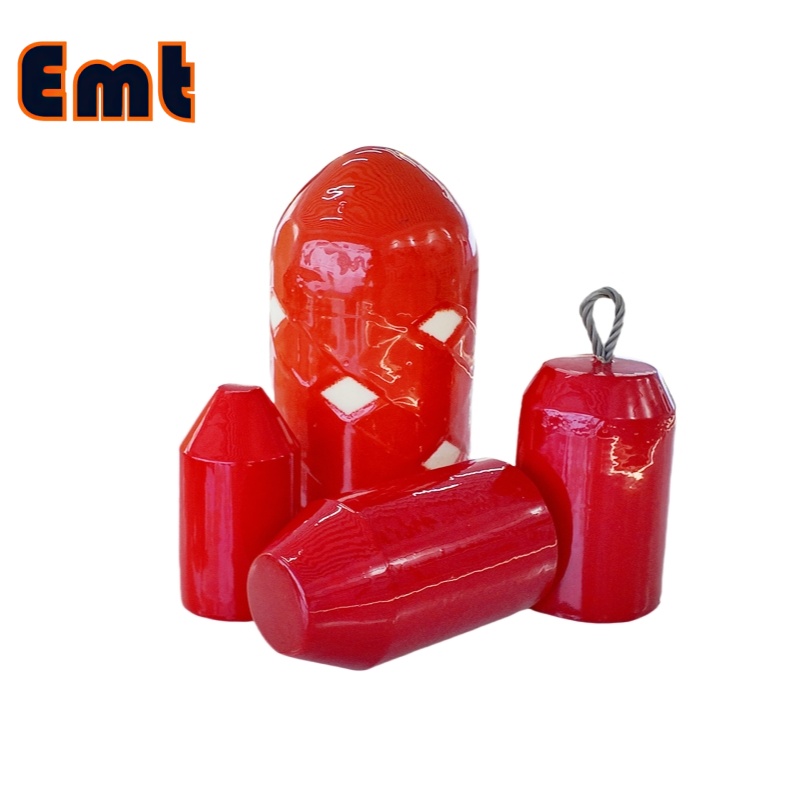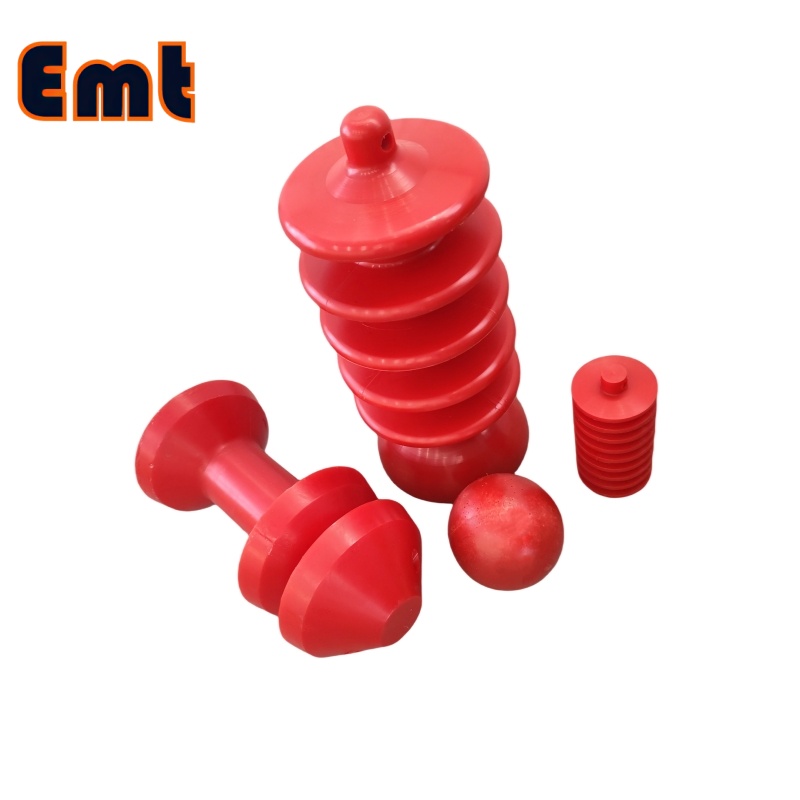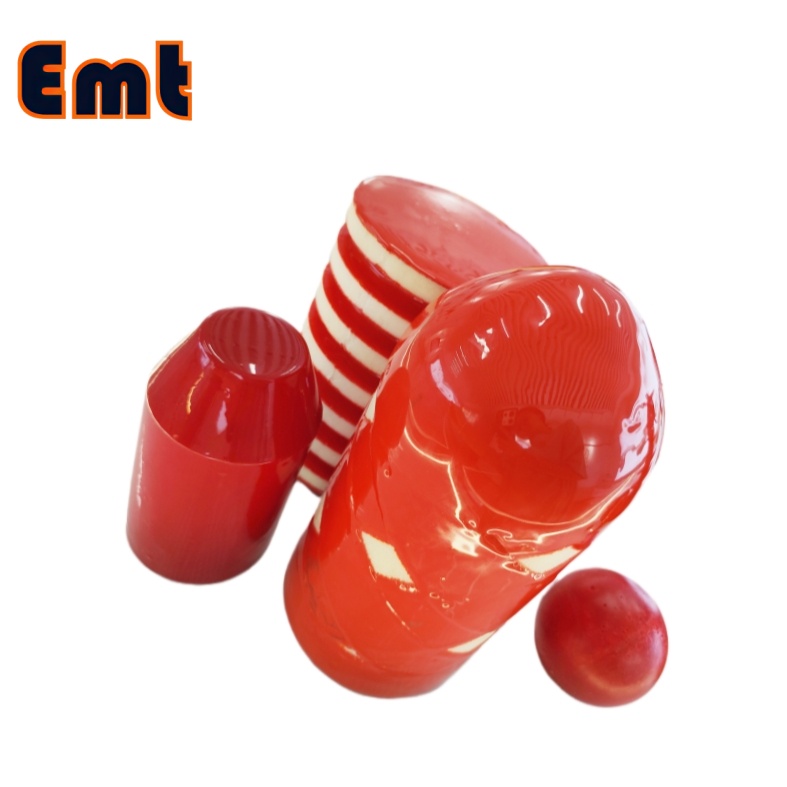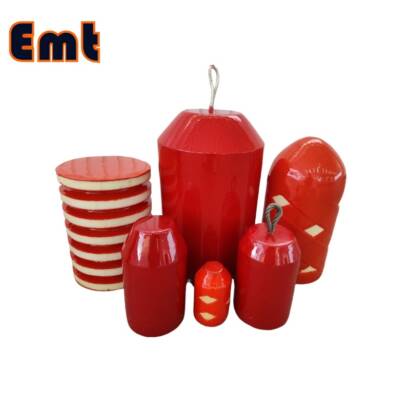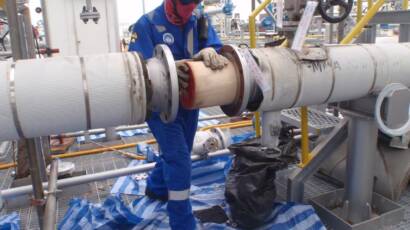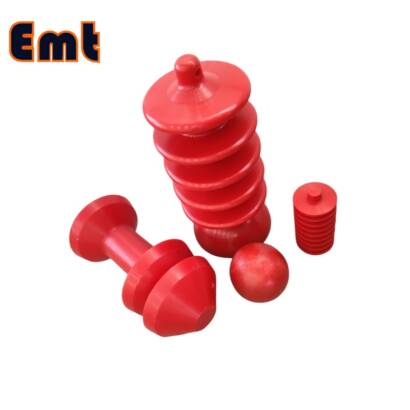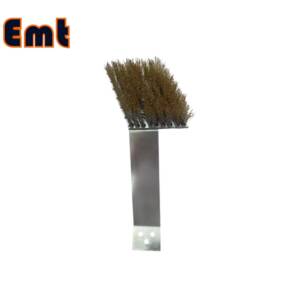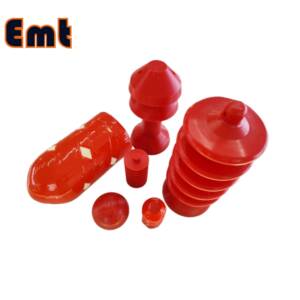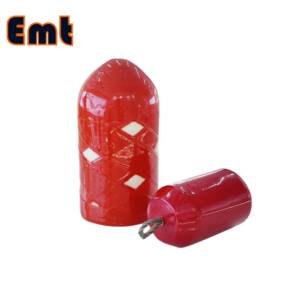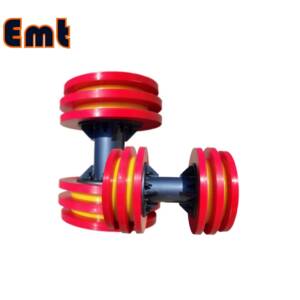Description
Introduction
Pigging is a critical process in pipeline construction and operation, essential for maintaining the integrity and efficiency of pipeline systems. This practice involves the use of devices known as “pigs,” which are inserted into the pipeline to perform various functions, including cleaning, inspecting, and monitoring the condition of the pipeline. The significance of pigging extends beyond routine maintenance; it plays a vital role in ensuring pipeline safety, optimizing energy consumption, and extending the lifespan of pipeline infrastructure.
| Name | Model | Performance | Technical Parameters |
| Bare Foam Pig | LCQZ-RTN | 1. Soft texture and good flexibility. | Starting pressure: 0.02 MPa |
| 2. With strong water absorption, the deformation amount can reach 60%. | Density: 35 kg/m³~220 kg/m³ | ||
| 3. Used for dewatering, cleaning, and drying pipelines. | Withstand pressure: 7 MPa | ||
| Stretch rate: 320% | |||
| Compression ratio: 60 | |||
| Flex life: 50,000 times | |||
| Attrition rate: 4 mm/100 km | |||
| Operating distance: 50 km~150 km | |||
| Operating temperature: -30℃~100℃ | |||
| Name | Model | Performance | Technical Parameters |
| Polly Foam Pig | LCQZ | 1. Polyurethane material foams its interior. A polyurethane elastomer coating covers the surface. | Starting pressure: 0.02 MPa |
| 2. Good flexibility and certain wear resistance. | Density: 35 kg/m³~220 kg/m³ | ||
| 3. The deformation amount can reach 50%. | Withstand pressure: 7 MPa | ||
| 4. Used for scrubbing, descaling, and fluid isolation of pipes. | Stretch rate: 320% | ||
| Compression ratio: 50 | |||
| Flex life: 50,000 times | |||
| Attrition rate: 2 mm/100 km | |||
| Operating distance: 100 km~300 km |
Importance of Pigging
Ensuring Pipeline Safety:
The primary goal of pigging is to ensure the safety of pipeline operations. Regular pigging helps detect and mitigate potential issues such as corrosion, blockages, or structural weaknesses, which could lead to leaks or failures. By identifying these problems early, operators can take corrective actions, reducing the risk of accidents and environmental hazards.
Reducing Energy Consumption:
Efficient pipeline operations directly correlate with energy consumption. When pipelines are clean and free from obstructions, they require less energy to transport fluids. Pigging removes debris, sludge, and other contaminants that can impede flow, thereby lowering the energy costs associated with pumping and transporting materials through the pipeline.
Extending Asset Lifespan:
Regular maintenance through pigging not only prevents immediate problems but also extends the overall lifespan of the pipeline. By keeping the interior surfaces clean and monitoring for wear and tear, operators can significantly delay the need for costly repairs or replacements.
Polyurethane material specification: |
||
| NO. | Factory inspection main indicators | Cup/DISC |
| 1 | 20℃Hardness(SHORE A) | 85±2 |
| 2 | Tensile strength (MPa) | 51.7 |
| 3 | 100%stress at definite elongation (MPa) | 4.8 |
| 4 | 300%stress at definite elongation (MPa) | 9.2 |
| 5 | Tensile set (%) | 780 |
| 6 | Tear strength (KN/m) | 73 |
| 7 | Impact resilience (%) | 32 |
| 8 | DIN abrasion (mm²) | 35 |
Challenges in Domestic Pipe Pigging
Despite its importance, domestic pipe pigging faces several challenges, particularly in pipelines with large drops or complex geometries:
Ineffective Pigging Results: In some cases, the effectiveness of pigging operations is suboptimal. Factors such as pipeline design, fluid characteristics, and the physical condition of the pipeline can hinder the performance of pigs, resulting in incomplete cleaning or inspection.
Low Tracking and Forecasting Accuracy: Accurate tracking of pigs during their operation is crucial for effective monitoring. However, in many domestic pipelines, the tracking systems may lack precision, leading to uncertainty about the pigs’ location and status. This can complicate maintenance efforts and increase the risk of operational disruptions.
Pigging Issues: Problems such as pigs getting stuck, failing to complete their intended path, or being unable to handle large drops can arise. These issues can lead to delays and increased maintenance costs, undermining the benefits of pigging.
EMT’s Solutions
To address these challenges, EMT (Electronic Monitoring Technologies) provides a variety of advanced pigging tools designed to enhance the effectiveness of pipeline systems. These tools include:
Advanced Pig Tracking Systems: EMT offers sophisticated tracking solutions that improve the accuracy of pig location and movement monitoring. By utilizing real-time data and advanced algorithms, operators can gain better visibility into the pipeline’s condition.
High-Performance Pigs: EMT’s range of pigs is engineered for optimal performance in various pipeline conditions, including those with significant drops. These high-performance pigs are designed to navigate challenging geometries effectively and ensure thorough cleaning and inspection.
Predictive Maintenance Tools: EMT also provides tools that allow for predictive maintenance, helping operators forecast potential issues before they occur. By analyzing data from pigging operations, these tools can identify trends and suggest timely maintenance interventions.
Conclusion
In summary, pigging is an essential practice in pipeline construction and operation, critical for ensuring safety and optimizing energy consumption. While challenges exist, particularly in domestic pipe pigging, EMT offers a range of innovative tools to enhance performance and reliability. By improving pig tracking accuracy and providing high-performance pigging solutions, EMT helps operators overcome obstacles, ensuring the effective maintenance and operation of their pipeline systems. Through these advancements, the industry can better safeguard infrastructure, reduce costs, and promote sustainable practices in pipeline management.


